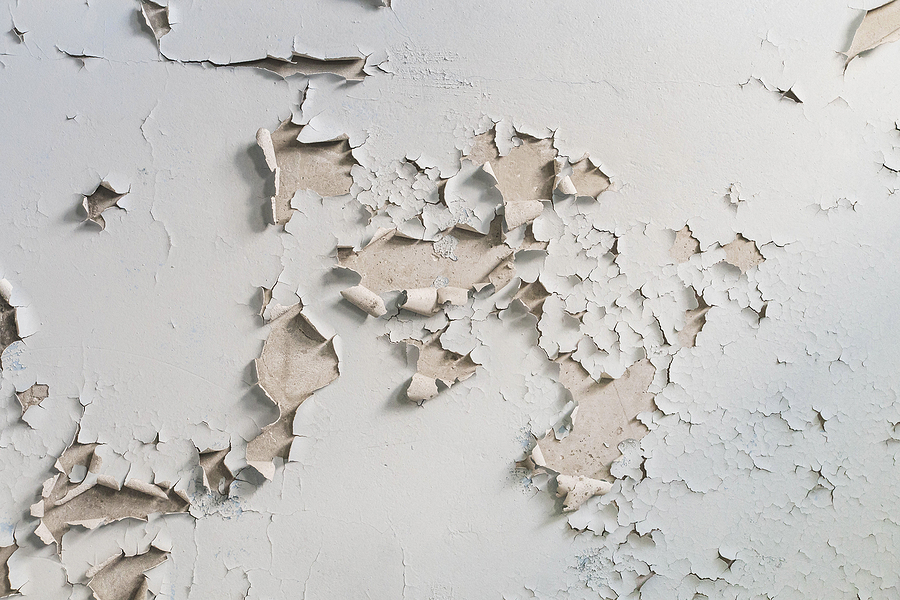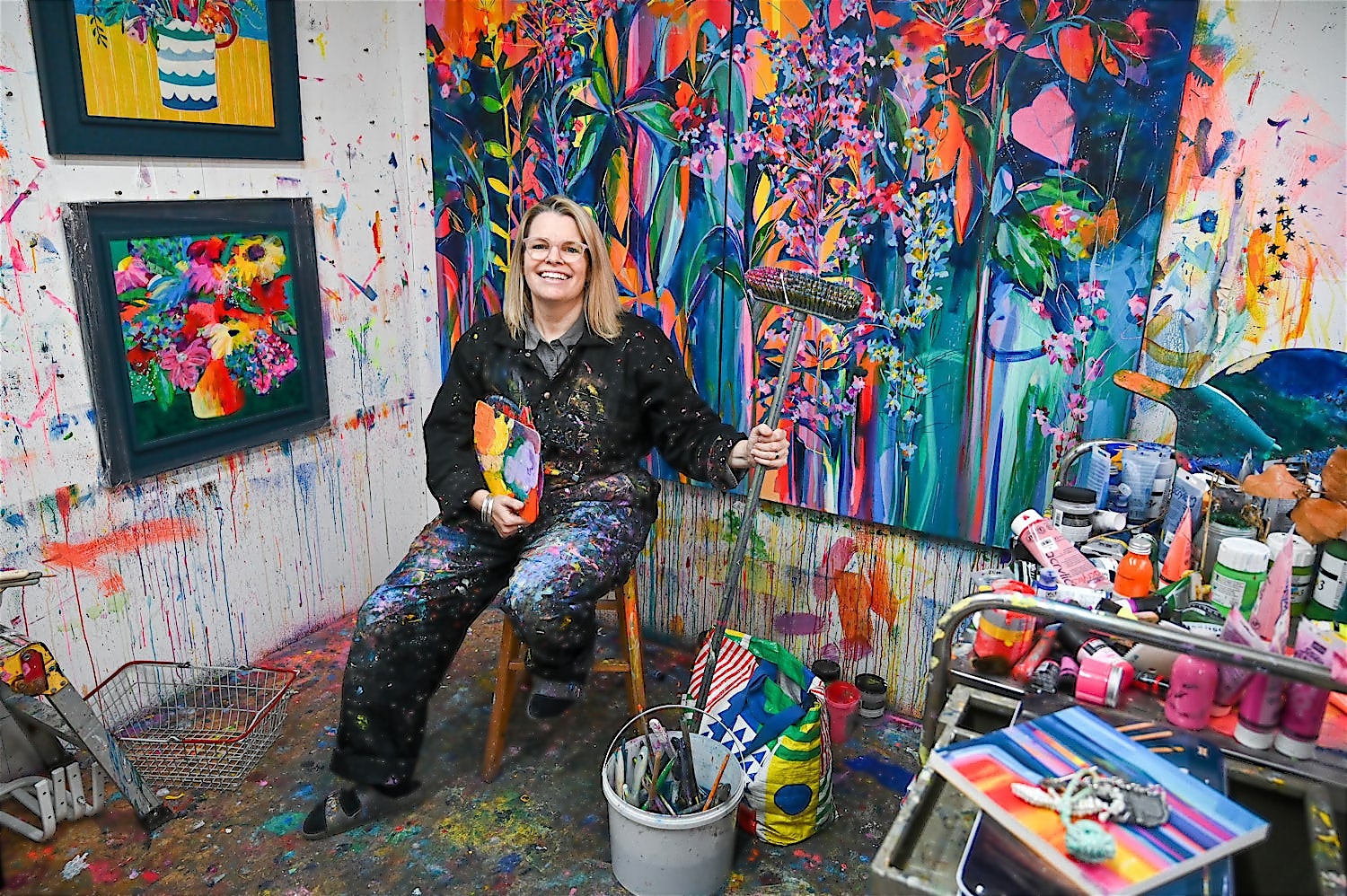How to Paint Landscapes from Photos: Master the Art
For professional photographers, the journey from capturing breathtaking landscapes to transforming these pictures into stunning paintings can be both exciting and rewarding. The art of painting landscapes from photos requires not just a keen eye for detail, but also a deep understanding of color, form, and mood.
Photography and painting have long shared a symbiotic relationship, with one art form often inspiring the other. This fusion of capturing landscapes in a shot and painting them on canvas offers an innovative avenue to express your creative vision.

Choosing the Right Photo
The first crucial step in the process of painting landscapes from photos is selecting the perfect picture. A photo with clear composition, good lighting, and a balanced mix of colors is ideal. For those of you interested in understanding this process thoroughly, you can explore tips on avoiding pitfalls of painting from photos.
Analyzing Composition and Color
Before you dive into painting, spend time analyzing the composition and color scheme of the selected photograph. Consider how each element, from foreground to background, interacts within the photograph. This detailed analysis will help you translate the photo into a painting effectively.
Materials and Techniques
Professional photographers might already be familiar with equipment nuances, yet when it comes to painting, the textures, mediums, and tools make a significant difference. Consider experimenting with various brushes and paints to see which provide the texture that best matches your landscape's essence.
For a deeper dive into creating the right atmosphere for your photo-based painting, visit painting light and shadow from a photo.
Capturing Emotional Expression
As you begin to paint, remain focused on capturing the emotional expressions present in the landscape. This step involves translating the mood of the photo into an emotional connection that viewers can feel.
Check out insights on emotional expression in photo-based paintings to enhance this aspect of your artwork.
Consideration of Light and Shadow
The interplay of light and shadow is essential in making your landscape painting look realistic and lively. Understanding how these elements work in your photo can dramatically impact your painting's depth and dimensionality. You can further explore techniques for managing light in your paintings at photography inspired by painting.
Abstract Interpretations
Adding abstract elements can provide a unique twist to your painting, allowing creativity to flourish without constraints. Feel free to read through some abstract ideas by visiting abstract photo-based painting ideas.
Developing Your Painting
With your photo and paints ready, it's time to develop the painting. Start with broad strokes to cover the large shapes and background colors, gradually working towards finer details. Utilize photographs' depth effectively by emphasizing certain areas while blending others.
Incorporating colors accurately can be challenging, so consider looking into photo-based painting color theory to enhance your understanding of proper color allocation.
Practice Makes Perfect
Keep practicing and experimenting with different techniques, whether through traditional painting or embarking on digital photo painting. Remember, each photograph offers you new opportunities to refine your artistry.
Conclusion
Acquiring the skill to paint landscapes from photos opens a new dimension of artistic expression for professional photographers. By systematically approaching photo selection, analyzing compositions, and exercising painting techniques, you can enrich your creative repertoire significantly. Whether you choose to create realistic interpretations or lean towards abstract art, let your imaginative instincts guide your work.

FAQ
What type of photos are best for painting landscapes?
Photos with a clear composition, excellent lighting, and harmonious color balance make for great painting references. Prioritize ones with distinct focal points and contrasting elements.
How can I ensure the mood of the photo is reflected in my painting?
Analyze the feelings conveyed by the photo's elements. Use colors and brush strokes to represent those emotions, and pay attention to the scene's light and shadow.
Is it acceptable to alter elements from the photo?
Yes, altering elements allows you to add a personal touch and enhance creative expression, thus making the painting uniquely yours.

